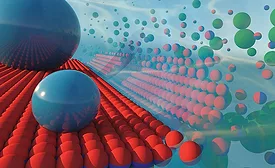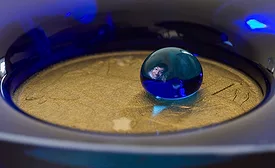Home » Keywords: » hydrophobic coatings
Items Tagged with 'hydrophobic coatings'
ARTICLES
Sustainability: A Surge in Non-PFAS Releases
Is the Paint and Coatings Industry Ready for the Big Transition?
Read More
New Janus Particle Additives
For Creating Novel, Water-Resistant and Self-Stratified Coatings
Read More
Keep the info flowing with our eNewsletters!
Get the latest industry updates tailored your way.
JOIN TODAY!Copyright ©2026. All Rights Reserved BNP Media.
Design, CMS, Hosting & Web Development :: ePublishing





